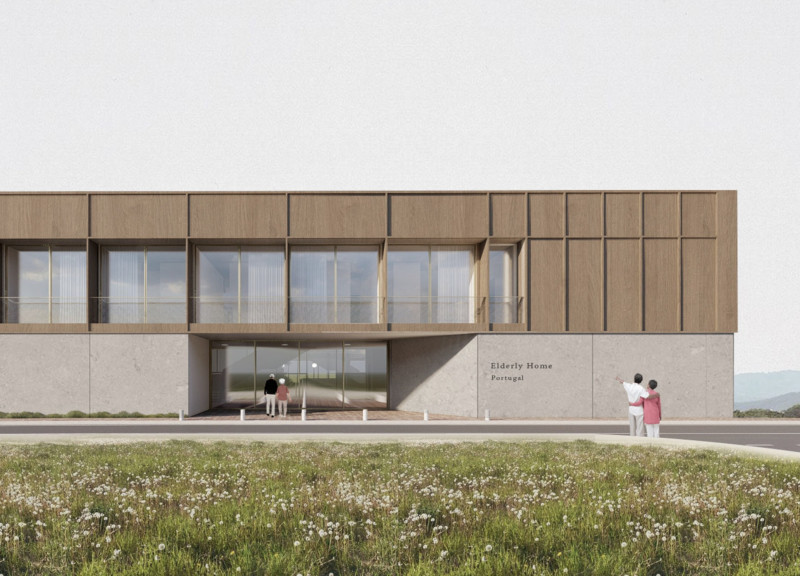5 key facts about this project
This residential project is designed to accommodate elderly residents by balancing communal engagement with opportunities for quiet retreat. Organized around a central courtyard, the layout supports both social interaction and personal reflection, offering accessible spaces that promote comfort, independence, and well-being.
Spatial Configuration and Accessibility
Open circulation paths and fluid spatial transitions allow residents with diverse mobility needs to move through the facility with ease. Private rooms are arranged with direct access to balconies facing the courtyard, providing individual outdoor space while maintaining a connection to shared areas. Quiet zones are integrated throughout, offering calm spaces for rest without isolating residents from the community. Communal areas—including a flexible gathering hall and dining room—are designed to host a variety of events and daily activities.
Material Use and Environmental Qualities
Terracotta tiles reflect local architectural character, while large glass surfaces enhance natural light and offer continuous views to gardens and green spaces. These outdoor areas are essential to the project’s therapeutic aims, supporting physical activity and mental wellness.





















































